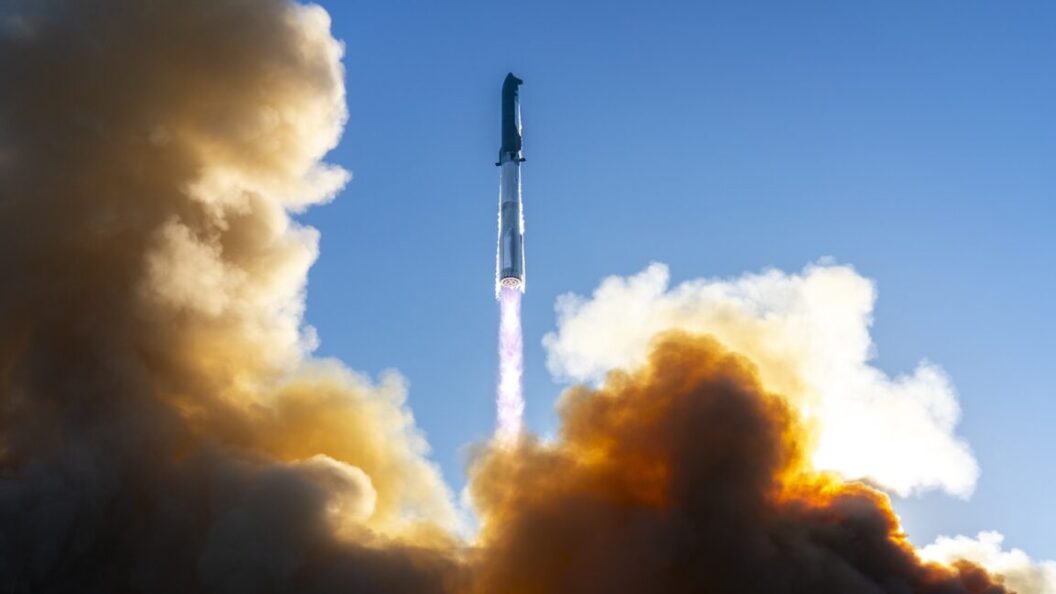FAA and SpaceX: Navigating the Future of Commercial Spaceflight Amidst Controversy
In recent months, tensions have escalated between SpaceX and the Federal Aviation Administration (FAA), particularly surrounding the safety and regulation of commercial space launches. As companies like SpaceX push the boundaries of what is possible in space travel, the FAA faces the critical challenge of balancing public safety with the need for rapid development and approval of commercial spaceflight operations.
Launch Safety Protocols Under Scrutiny
The recent remarks made by Lori Garver, a former NASA deputy administrator, underscore the potential risks associated with rocket launches, particularly in the aftermath of failures. "The potential for a bad day downrange just got real," Garver stated, drawing attention to the inherent risks of rocket debris potentially falling to Earth. This comes amid ongoing concerns regarding the impacts of commercial space launches on public safety, emphasizing the need for stringent protocols.
The FAA’s role is not solely to ensure safety; it also aims to "encourage, facilitate, and promote commercial space launches and reentries by the private sector," as outlined on the agency’s website. This dual mandate presents challenges in striking an appropriate balance between fostering innovation and protecting the public.
The Strategic Importance of Starship
SpaceX’s Starship, a vehicle capable of delivering over 100 tons of cargo to low-Earth orbit, plays a critical role in both national and commercial objectives. Lawmakers have pressed the FAA to expedite its launch approvals, highlighting the rocket’s importance to NASA and the Pentagon. NASA has awarded SpaceX contracts to develop a version of Starship for lunar landings, illustrating its strategic significance in the race for space exploration.
As the commercial space sector experiences rapid growth, the FAA has faced increasing pressure to streamline its processes. SpaceX officials, while critical of the FAA in the past, shifted their approach in 2023, advocating for Congress to increase the budget of the FAA’s Office of Commercial Spaceflight and for the regulatory body to expand its workforce. They argue that such changes would enable the FAA to effectively manage the rising number of commercial launch applications.
Controversy and Resignation
The relationship between SpaceX and the FAA has been further complicated by public criticisms from Elon Musk, when he accused former FAA administrator Michael Whitaker of making false statements about SpaceX before Congress. This led Musk to call for Whitaker’s resignation, a request that came to fruition when Whitaker announced he would resign on Inauguration Day 2025.
While the resignation aligns with historical patterns—where FAA administrators have departed during transitions of presidential power—this marked a significant moment for the agency, which has historically operated with relative independence from political shifts. Since 1993, FAA administrators have generally remained through changes in administration, making Whitaker’s resignation noteworthy in the context of ongoing tensions between regulatory bodies and commercial interests.
A Changing Landscape for Space Regulation
As the landscape for commercial spaceflight continues to evolve, the FAA’s dual role will remain pivotal. The push from Congress and private companies to expedite the regulatory process will likely challenge the agency to maintain rigorous safety standards while facilitating the growth of this burgeoning sector.
In an era where commercial spaceflight is seen not only as a technological frontier but also as a national imperative, the implications of these developments extend far beyond individual companies. The outcome will influence future regulatory frameworks, set precedents for public safety in aerospace initiatives, and shape the trajectory of U.S. leadership in global space endeavors.
In conclusion, the ongoing dialogue between SpaceX and the FAA reflects the broader complexities facing commercial spaceflight. As the industry continues to develop, the interaction between innovation, safety, and regulation will be critical in determining the future of space exploration, both for private enterprises and government objectives.









